Finely finished watch movements come to life under magnification. This selection of seven watches from the WatchTime Archives are certainly ready for their close-ups. (To see the watch that gets powered by each movement, just click on the right arrow.)
1. Hublot
In the manually wound Caliber HUB9005, 11 vertically arranged barrels provide a power reserve of 50 days. Hublot includes a special power tool with each watch to make sure the winding process doesn’t also last for days. The hours, minutes, and power reserve are shown on cylinders; there’s a vertical tourbillon, too.
2. Corum
The Golden Bridge movement, created by Vincent Calabrese for Corum in 1980, has long been a cult object. In 2011, the brand upgraded the Golden Bridge with an automatic winding mechanism. Naturally, given the Golden Bridge’s unorthodox structure, the movement doesn’t have a traditional winding rotor; instead the winding weight moves linearly along two rails.
3. Montblanc
The hand-wound Caliber MB M68.40 from Montblanc gives the time in two time zones. It also powers two 24-hour rings that rotate around models of the Northern and Southern Hemispheres. An added bonus is the patented tourbillon with a cylindrical balance spring, spinning at 12 o’clock.
4. Vacheron Constantin
A tourbillon that runs for two weeks? Amazing! With the hand-wound Caliber 2260, Vacheron Constantin has created a real long-distance runner.
5. Patek Philippe
Every lever, edge and screw recess has been meticulously finished in Patek Philippe’s hand-wound CHR 27-525 PS, a split-seconds chronograph movement. The work increases exponentially with a movement as complicated as this.
6. Roger Dubuis
Two tourbillons in a skeletonized environment give this watch a 3-D look. According to Roger Dubuis, 1,200 hours are needed to manufacture its manual-wind Caliber RD01SQ.
7. A. Lange & Söhne
With the manual-wind Caliber L043.5, the A. Lange & Söhne Zeitwerk, which shows the hour and minutes digitally in two windows, is upgraded to become a minute repeater. The repeater chimes the time in decimal fashion, ringing out 10-minute intervals rather than quarter hours, as most minute repeaters do.

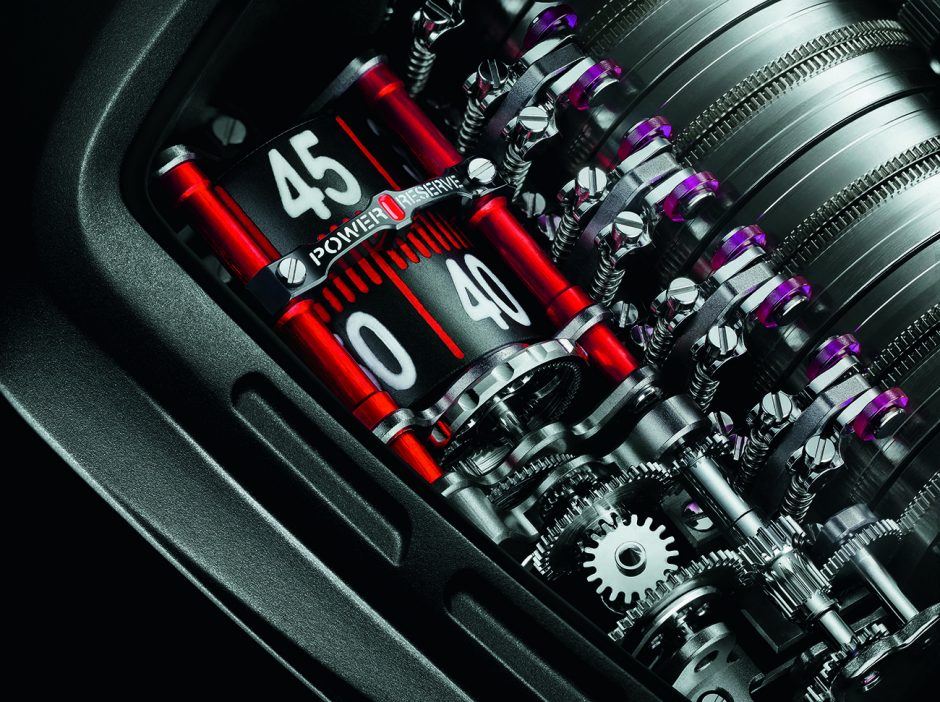
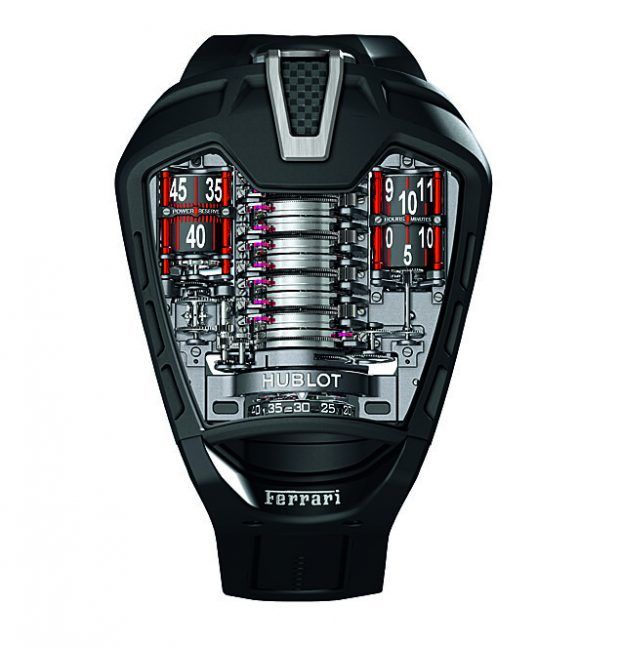
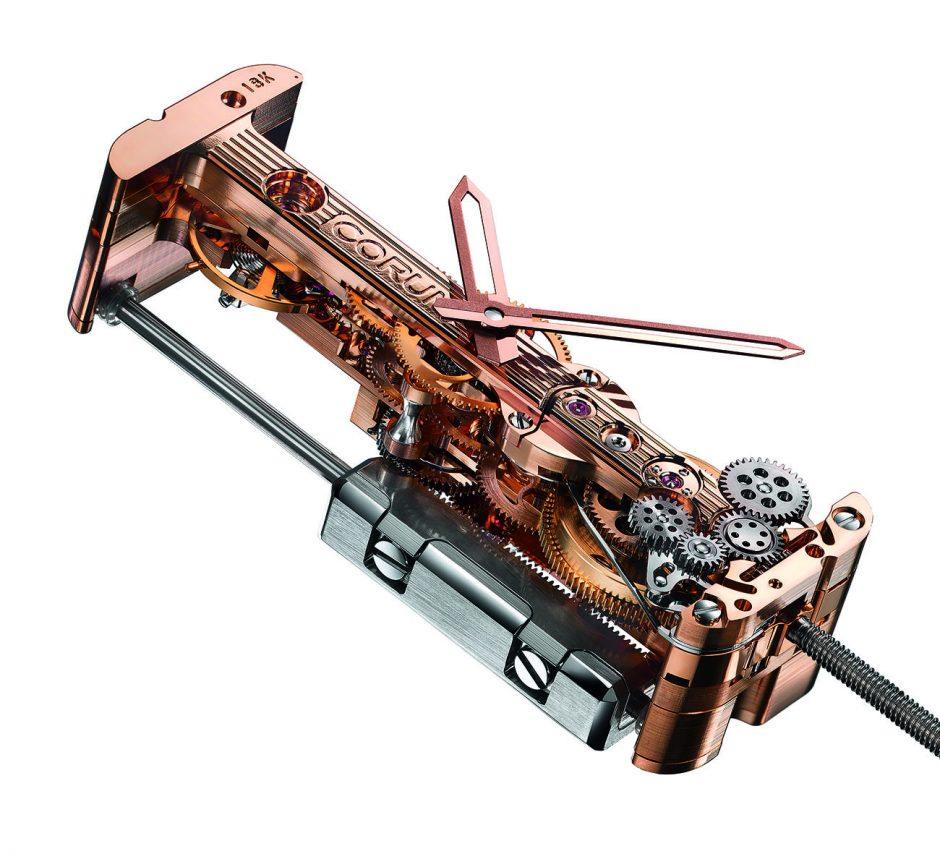
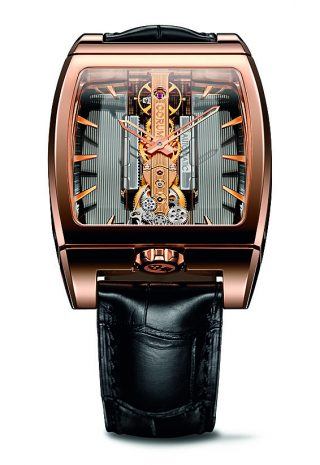
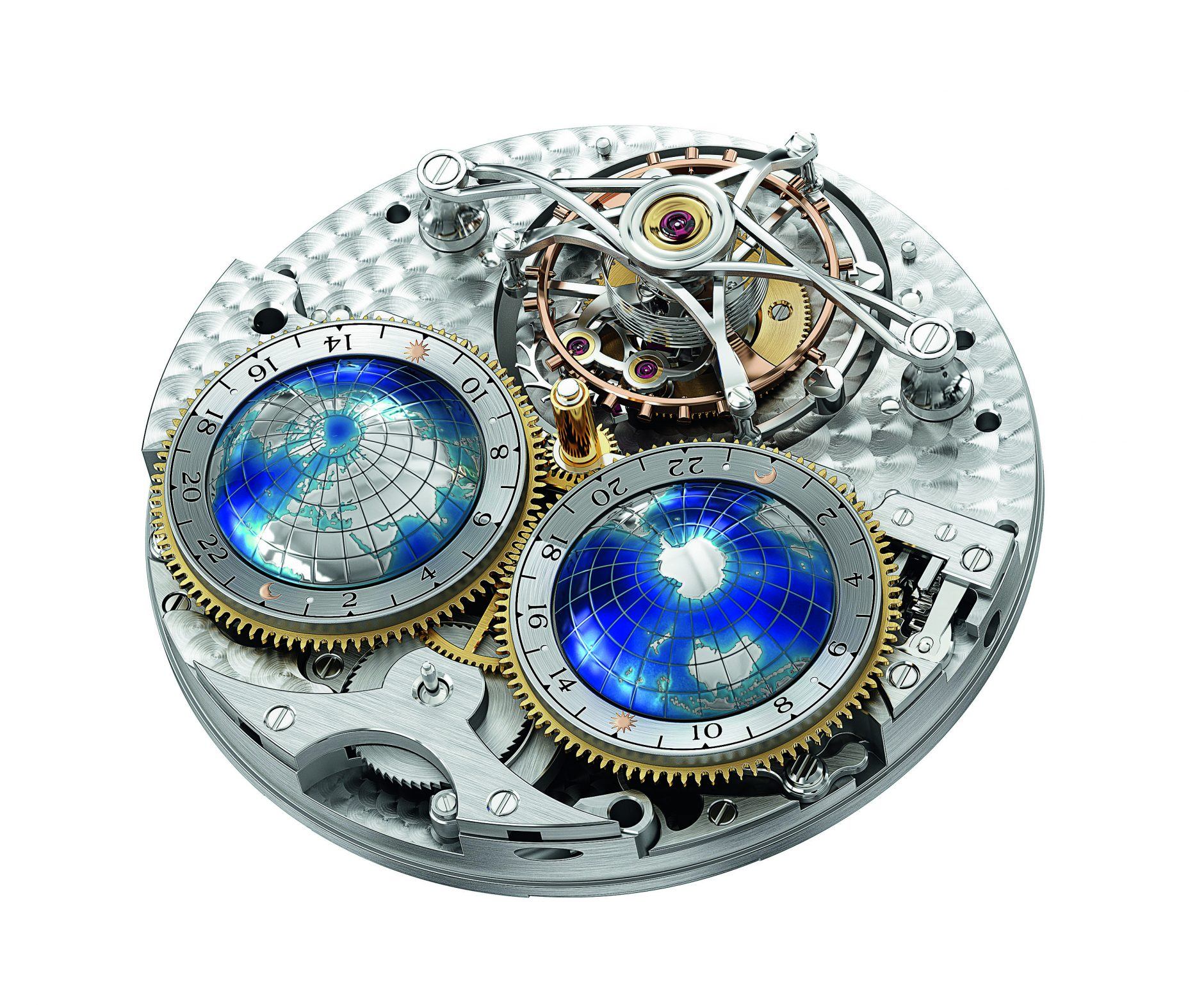
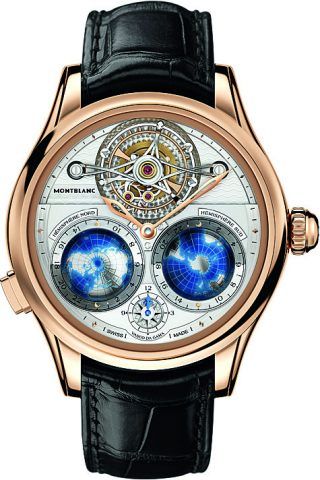
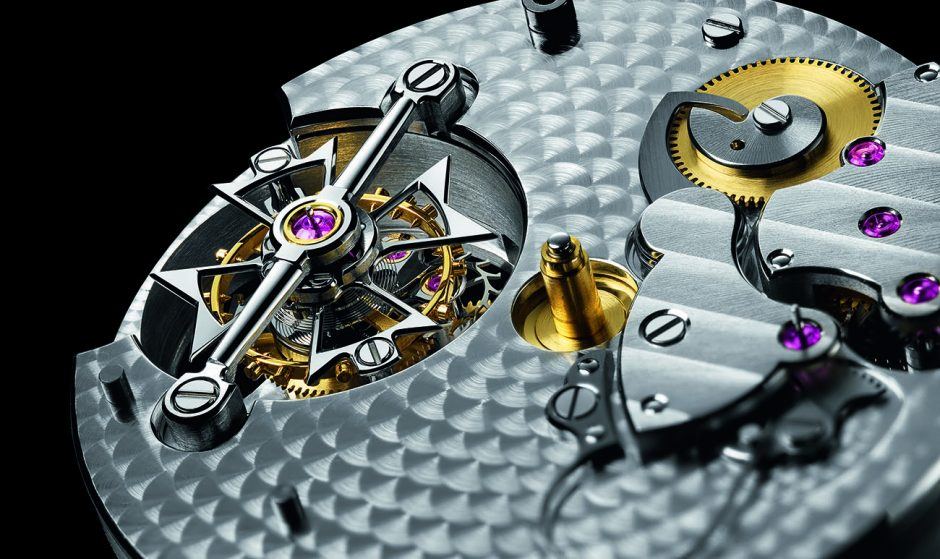
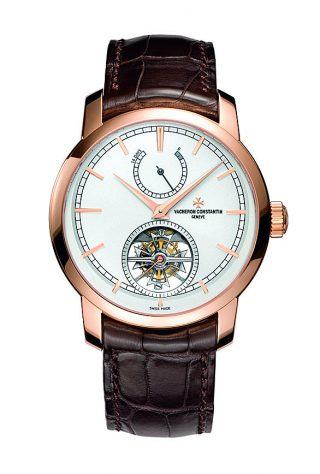
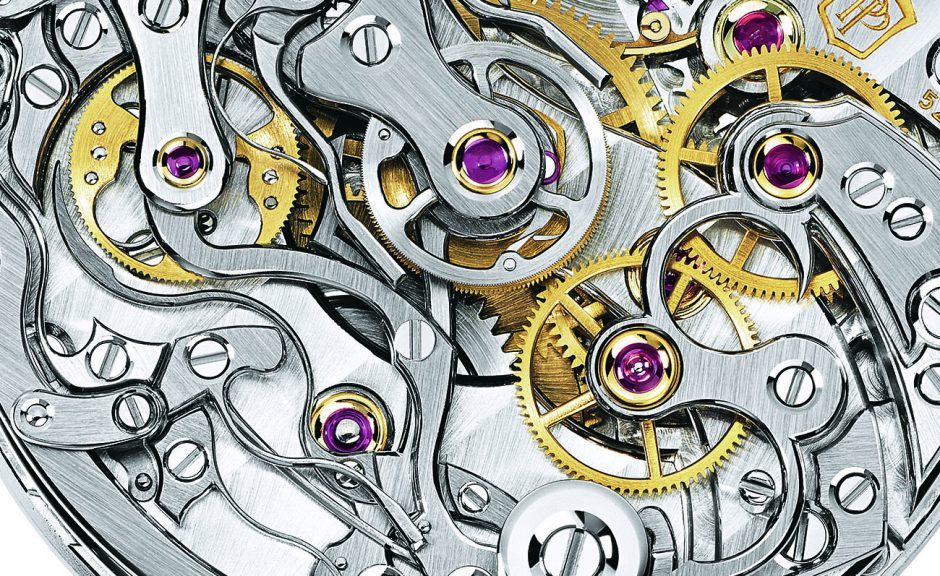
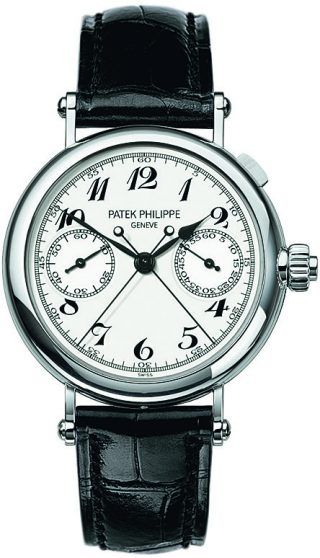
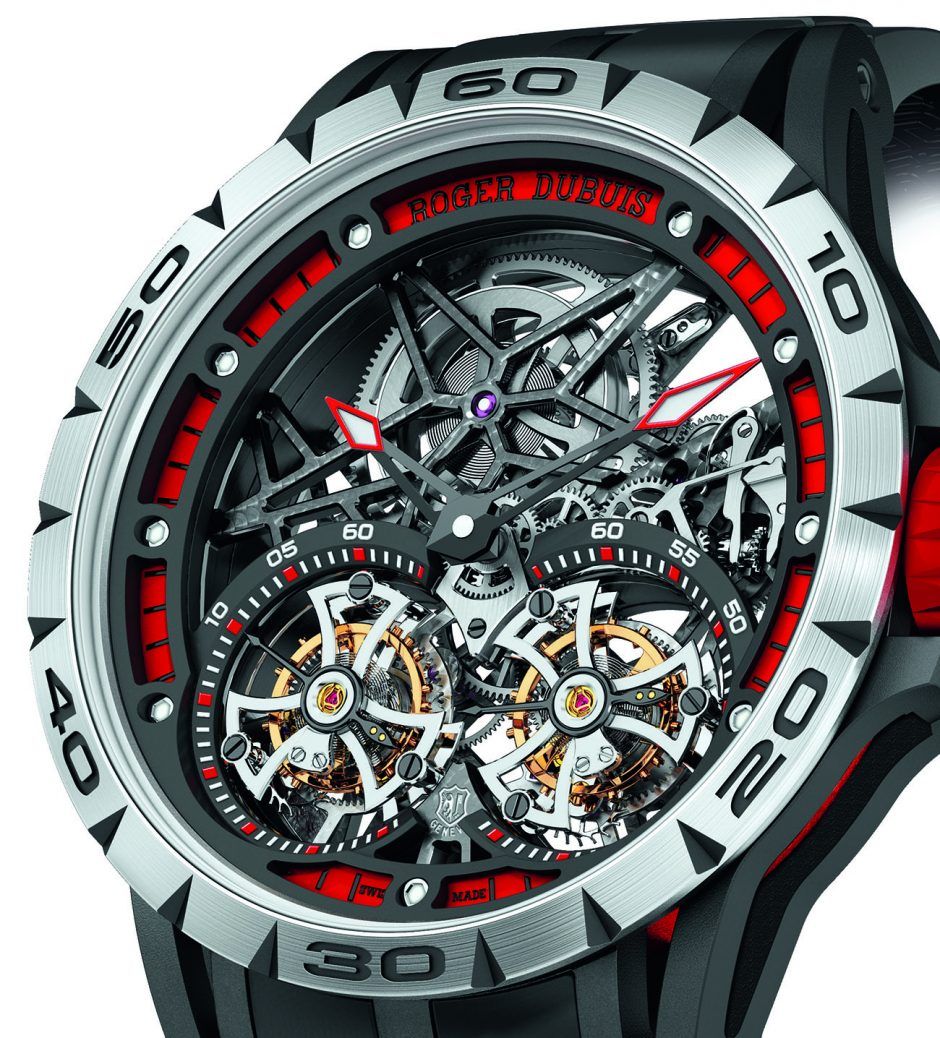
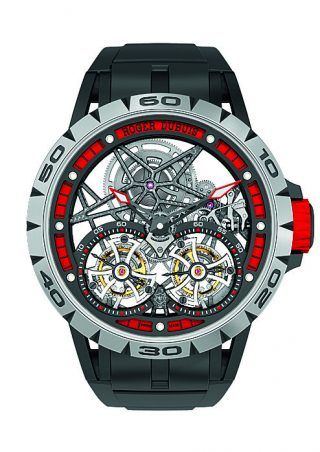
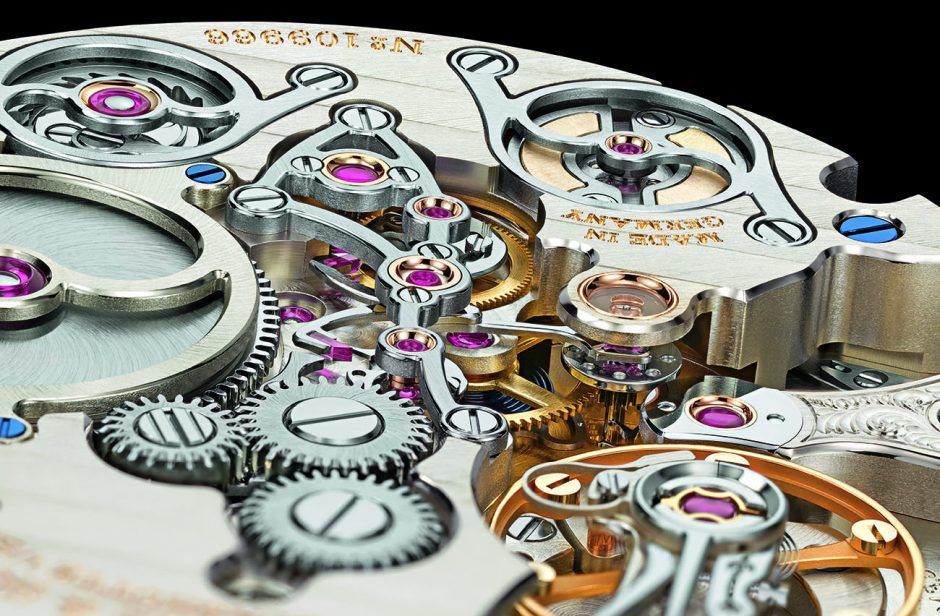
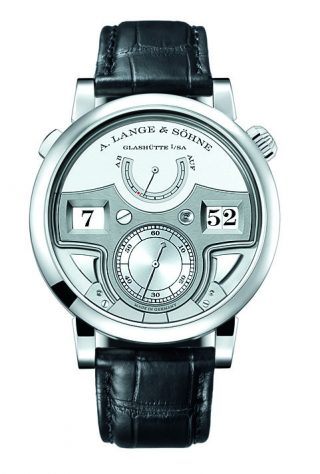
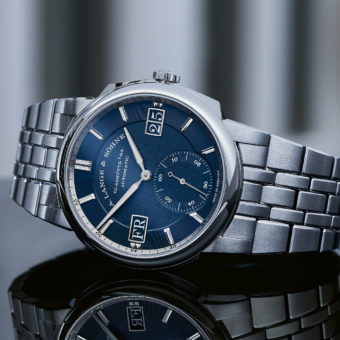
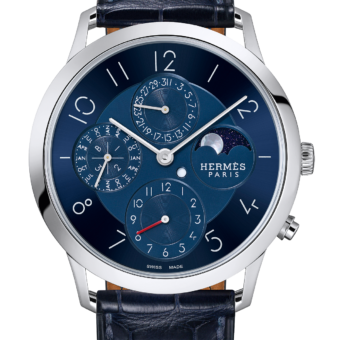

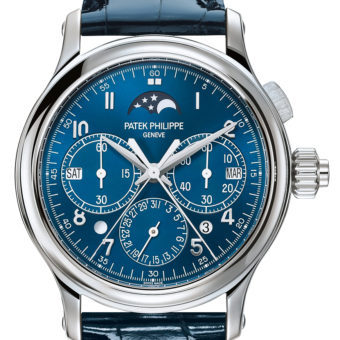
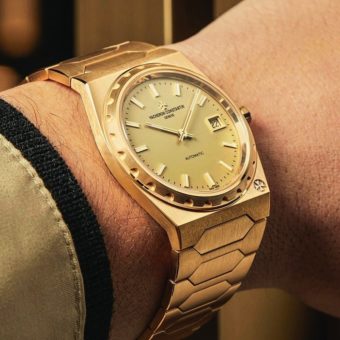
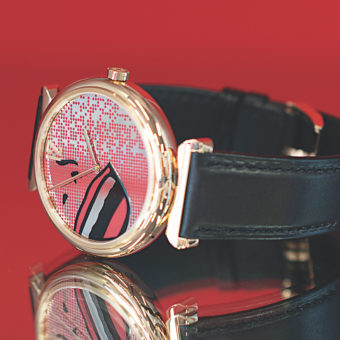
A good topic but why you showed mostly CGI rather than photos of the real thing?
This is why watches are not only instruments to see the time of the day.
They show what is possible, that watch makers are incredible artists.
When you look at the movement of a Bulgari Octo finissimo chronograph, know how Bulgari put the watch together, this watch deserve to be on this list.
Take a look at the Piaget altiplano, the thinest watch at this moment, it is a wonder.
Absolutely Beautify Works of Art
Works of art!
Outstanding mechanical technology.
Enjoyed the article. Keep us happy with articles and appreciate watchmakers also. Thanks.
That was great. I hope articles of magnified shots of dials and movements becomes a regular format.
You omitted the two most precise movements, namely the Grand Seiko spring drive and the Zenith El Primero Defy, the El Primero also being by far the most iconic of all watch movements.
Was looking for the advertised “extreme-closeups”…failed to find any…
Lange makes the most beautiful movements. I just wish I could afford an 1815 Flyback Chrono.
Excellent, we need more articles like this with much more technical information.
Wow, this is an amazing article with super style and beauty! Thank you!
Enjoyed your write-up with fabulous pictures immensely, but missing JLC, as some of their movements are simply awesome.
Very interesting and teaching. But what about J.L.C ?!
The movement of the Patek Philippes are pure poetry. They more beautiful than the design of some of their contemporary models. which often makes me think that PP produces some of the most expensive ugly watches in the world.
All magnificent !!
Lange makes THE most beautiful movements.
Some movements are so beautifully assembled that it is just too bad that the lack of a sapphire glass in the back case of the vintage pieces prevents most users from enjoying these beauties in action.